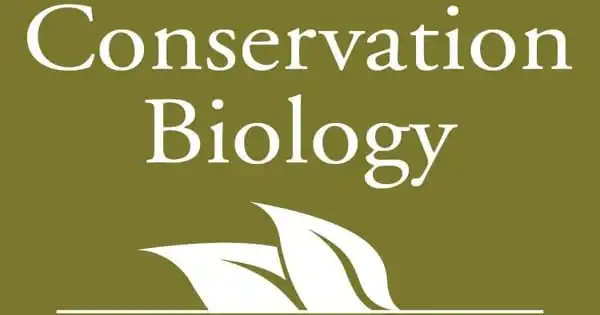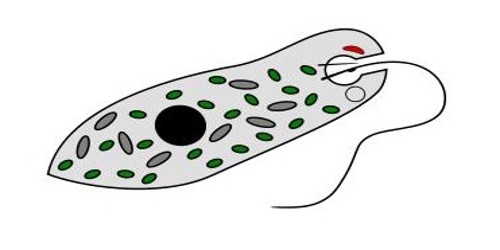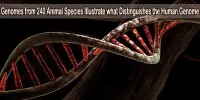Conservation biology is the study of nature and biodiversity conservation with the goal of protecting species, habitats, and ecosystems from extinction and the erosion of biotic interactions. It is an interdisciplinary subject that draws on natural and social sciences, as well as natural resource management practice. The conservation ethic is founded on conservation biology findings.
Conservation biology as a discipline seeks to answer specific questions that can be used to guide management decisions. The primary goal is to develop practical methods for conserving species and biological communities. Methods for determining the best strategies for protecting threatened species, designing nature reserves, launching breeding programs to maintain genetic variability in small populations, and reconciling conservation concerns with the needs of local people have all been developed. Communication between all sectors of the conservation community is required for this to be a success.
Origins
Efforts are made to preserve the natural characteristics of Hopetoun Falls, Australia, without affecting visitors’ access.
The term conservation biology and its conception as a new field originated in 1978 with the convening of “The First International Conference on Research in Conservation Biology” at the University of California, San Diego in La Jolla, California, led by American biologists Bruce A. Wilcox and Michael E. Soulé with a group of leading university and zoo researchers and conservationists including Kurt Benirschke, Sir Otto Frankel, Thomas Lovejoy, and Jared Diamond. Concerns about tropical deforestation, disappearing species, and declining genetic diversity within species prompted the meeting. The conference and its proceedings aimed to begin the process of bridging the gap between theory in ecology and evolutionary genetics on the one hand and conservation policy and practice on the other.
Conservation biology and the concept of biological diversity (biodiversity) co-emerged, contributing to the modern era of conservation science and policy. Conservation biology’s inherent multidisciplinary basis has given rise to new subdisciplines such as conservation social science, conservation behavior, and conservation physiology. It accelerated the development of conservation genetics, which Otto Frankel pioneered but is now widely regarded as a subdiscipline in its own right.
Description
Because of the rapid decline of established biological systems all over the world, conservation biology is frequently referred to as a “discipline with a deadline.” Conservation biology is closely related to ecology in that it studies the population ecology of rare or endangered species (dispersal, migration, demographics, effective population size, inbreeding depression, and minimum population viability). Conservation biology is concerned with phenomena affecting biodiversity maintenance, loss, and restoration, as well as the science of sustaining evolutionary processes that generate genetic, population, species, and ecosystem diversity. The concern stems from estimates that up to half of all species on the planet will become extinct within the next 50 years, contributing to poverty, starvation, and resetting the course of evolution on this planet.
Conservation biologists study and educate on the trends and processes of biodiversity loss, species extinctions, and the negative impact these have on our ability to sustain human society’s well-being. Conservation biologists work in government, universities, non-profit organizations, and industry, both in the field and in the office. Because this is an interdisciplinary network with professional alliances in both the biological and social sciences, the topics of their research are diverse. Those committed to the cause and profession advocate for a moral, ethical, and scientifically sound global response to the current biodiversity crisis. Conservation action plans that direct research, monitoring, and education programs that engage concerns at local to global scales are being developed by organizations and citizens in response to the biodiversity crisis.
















